最近对spring源码感兴趣,今天看到annotation部分,略记之。
一. 最常见的annotation
@Override:用在方法之上,用来告诉别人这一个方法是改写父类的
@Deprecated:建议别人不要使用旧的API的时候用的,编译的时候会用产生警告信息,可以设定在程序里的所有的元素上.
@SuppressWarnings:暂时把一些警告信息消息关闭
@Entity:表示该类是可持久化的类
二. 设计一个自己的Annotation
先看代码再讲话
1. 只有一个参数的Annotation实现
view plaincopy to clipboardprint?
package chb.test.annotation;
import java.lang.annotation.Documented;
import java.lang.annotation.ElementType;
import java.lang.annotation.Retention;
import java.lang.annotation.RetentionPolicy;
import java.lang.annotation.Target;
@Target(ElementType.TYPE)
@Retention(RetentionPolicy.RUNTIME)
@Documented
public @interface MyAnnotation1 {
String value();
}
package chb.test.annotation;
import java.lang.annotation.Documented;
import java.lang.annotation.ElementType;
import java.lang.annotation.Retention;
import java.lang.annotation.RetentionPolicy;
import java.lang.annotation.Target;
@Target(ElementType.TYPE)
@Retention(RetentionPolicy.RUNTIME)
@Documented
public @interface MyAnnotation1 {
String value();
}
2. 有两个参数的Annotation实现
view plaincopy to clipboardprint?
package chb.test.annotation;
import java.lang.annotation.Documented;
import java.lang.annotation.ElementType;
import java.lang.annotation.Retention;
import java.lang.annotation.RetentionPolicy;
import java.lang.annotation.Target;
@Target(ElementType.METHOD)
@Retention(RetentionPolicy.RUNTIME)
@Documented
public @interface MyAnnotation2 {
String description();
boolean isAnnotation();
}
package chb.test.annotation;
import java.lang.annotation.Documented;
import java.lang.annotation.ElementType;
import java.lang.annotation.Retention;
import java.lang.annotation.RetentionPolicy;
import java.lang.annotation.Target;
@Target(ElementType.METHOD)
@Retention(RetentionPolicy.RUNTIME)
@Documented
public @interface MyAnnotation2 {
String description();
boolean isAnnotation();
}
3. Annotation实验类
view plaincopy to clipboardprint?
package chb.test.annotation;
@MyAnnotation1("this is annotation1")
public class AnnotationDemo {
@MyAnnotation2(description="this is annotation2",isAnnotation=true)
public void sayHello(){
System.out.println("hello world!");
}
}
package chb.test.annotation;
@MyAnnotation1("this is annotation1")
public class AnnotationDemo {
@MyAnnotation2(description="this is annotation2",isAnnotation=true)
public void sayHello(){
System.out.println("hello world!");
}
}
4.Annotation测试说明类
view plaincopy to clipboardprint?
package chb.test.annotation;
import java.lang.reflect.Method;
import org.junit.Test;
public class TestAnnotation {
@Test
public void test() throws ClassNotFoundException, SecurityException, NoSuchMethodException{
Class cls = Class.forName("chb.test.annotation.AnnotationDemo");
boolean flag = cls.isAnnotationPresent(MyAnnotation1.class);
if(flag){
System.out.println("判断类是annotation");
MyAnnotation1 annotation1 = cls.getAnnotation(MyAnnotation1.class);
System.out.println(annotation1.value());
}
Method method = cls.getMethod("sayHello");
flag = method.isAnnotationPresent(MyAnnotation2.class) ;
if(flag){
System.out.println("判断方法也是annotation");
MyAnnotation2 annotation2 = method.getAnnotation(MyAnnotation2.class);
System.out.println(annotation2.description()+"\t"+annotation2.isAnnotation());
}
}
}
package chb.test.annotation;
import java.lang.reflect.Method;
import org.junit.Test;
public class TestAnnotation {
@Test
public void test() throws ClassNotFoundException, SecurityException, NoSuchMethodException{
Class cls = Class.forName("chb.test.annotation.AnnotationDemo");
boolean flag = cls.isAnnotationPresent(MyAnnotation1.class);
if(flag){
System.out.println("判断类是annotation");
MyAnnotation1 annotation1 = cls.getAnnotation(MyAnnotation1.class);
System.out.println(annotation1.value());
}
Method method = cls.getMethod("sayHello");
flag = method.isAnnotationPresent(MyAnnotation2.class) ;
if(flag){
System.out.println("判断方法也是annotation");
MyAnnotation2 annotation2 = method.getAnnotation(MyAnnotation2.class);
System.out.println(annotation2.description()+"\t"+annotation2.isAnnotation());
}
}
}
实验结果,控制台打出如下信息:
判断类是annotation
this is annotation1
判断方法也是annotation
this is annotation2 true
三.简介及说明
1. MyAnnotation1中的@Target(ElementType.TYPE)
@Target里面的ElementType是用来指定Annotation类型可以用在哪些元素上的.例如:
TYPE(类型)、FIELD(属性)、METHOD(方法)、PARAMETER(参数)、CONSTRUCTOR(构造函数)、LOCAL_VARIABLE(局部变量),、PACKAGE(包),其中的TYPE(类型)是指可以用在Class,Interface,Enum和Annotation类型上。
2. MyAnnotation1中的@Retention(RetentionPolicy.RUNTIME)
RetentionPolicy 共有三种策略,分别为:
SOURCE:这个Annotation类型的信息只会保留在程序源码里,源码如果经过了编译之后,Annotation的数据就会消失,并不会保留在编译好的.class文件里面
CLASS:这个Annotation类型的信息保留在程序源码里,同时也会保留在编译好的.class文件里面,在执行的时候,并不会把这些信息加载到JVM中。注:默认策略为CLASS类型
RUNTIME:表示在源码、编译好的.class文件中保留信息,在执行的时候会把这一些信息加载到JVM中去的
3. MyAnnotation1中的@Documented
目的就是将这一Annotation的信息显示在JAVA API文档上,如果没有增加@Documented的话,JAVA API文档上不会显示相关annotation信息
4. MyAnnotation1中的@interface
关键字,表示该类为Annotation定义
5. MyAnnotation1中的 String value();
表示有一个成员参数,名字为value,访问权为默认(default)修饰符,注意以下两点:
访问权只能用public和默认(default)修饰
参数成员只能用基本类型byte,short,char,int,long,float,double,boolean八种基本数据类型和String,Enum,Class,annotations等数据类型,以及这一些类型的数组
6.AnnotationDemo中的@MyAnnotation1("this is annotation1")
因为MyAnnotation1只有一个参数,因此可以直接在括号中写上value值。注:如果Annotation只有一个参数,则建议最好将该参数名称定义为value
7.TestAnnotation中的cls.isAnnotationPresent(MyAnnotation1.class)
判断该类是否使用了MyAnnotation1的注释
8. TestAnnotation中的MyAnnotation1 annotation1 = cls.getAnnotation(MyAnnotation1.class)
返回该类针对MyAnnotation1的注释
9. TestAnnotation中的method.isAnnotationPresent(MyAnnotation2.class)
判断该方法是否使用了MyAnnotation2的注释
标签:
本站文章除注明转载外,均为本站原创或翻译。欢迎任何形式的转载,但请务必注明出处、不得修改原文相关链接,如果存在内容上的异议请邮件反馈至chenjj@evget.com
文章转载自:IT专家网

 首页
首页 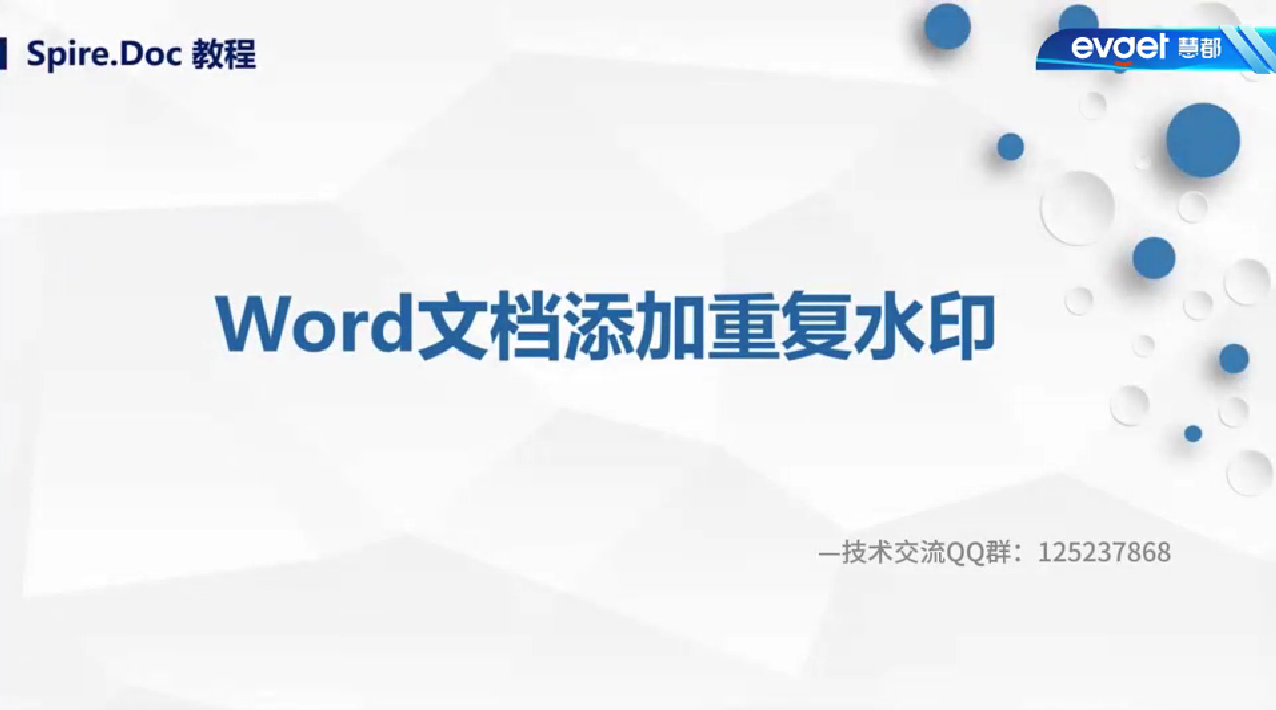
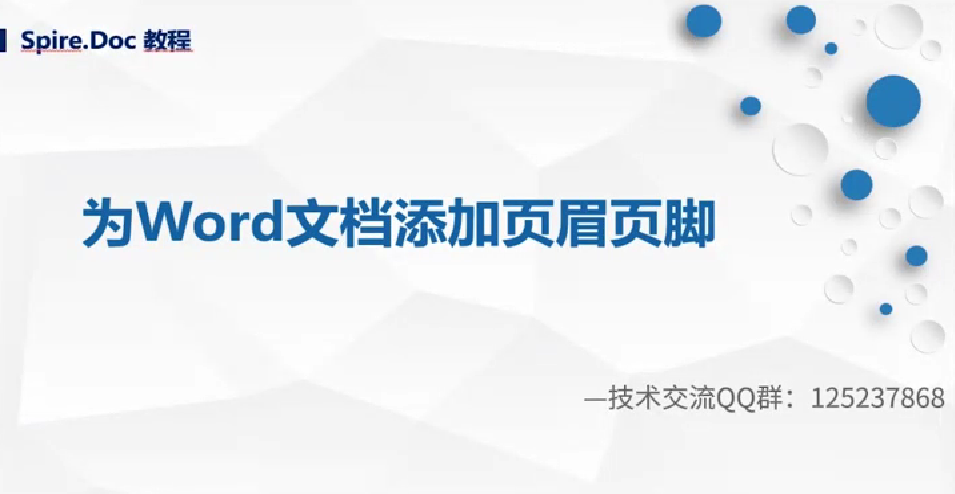
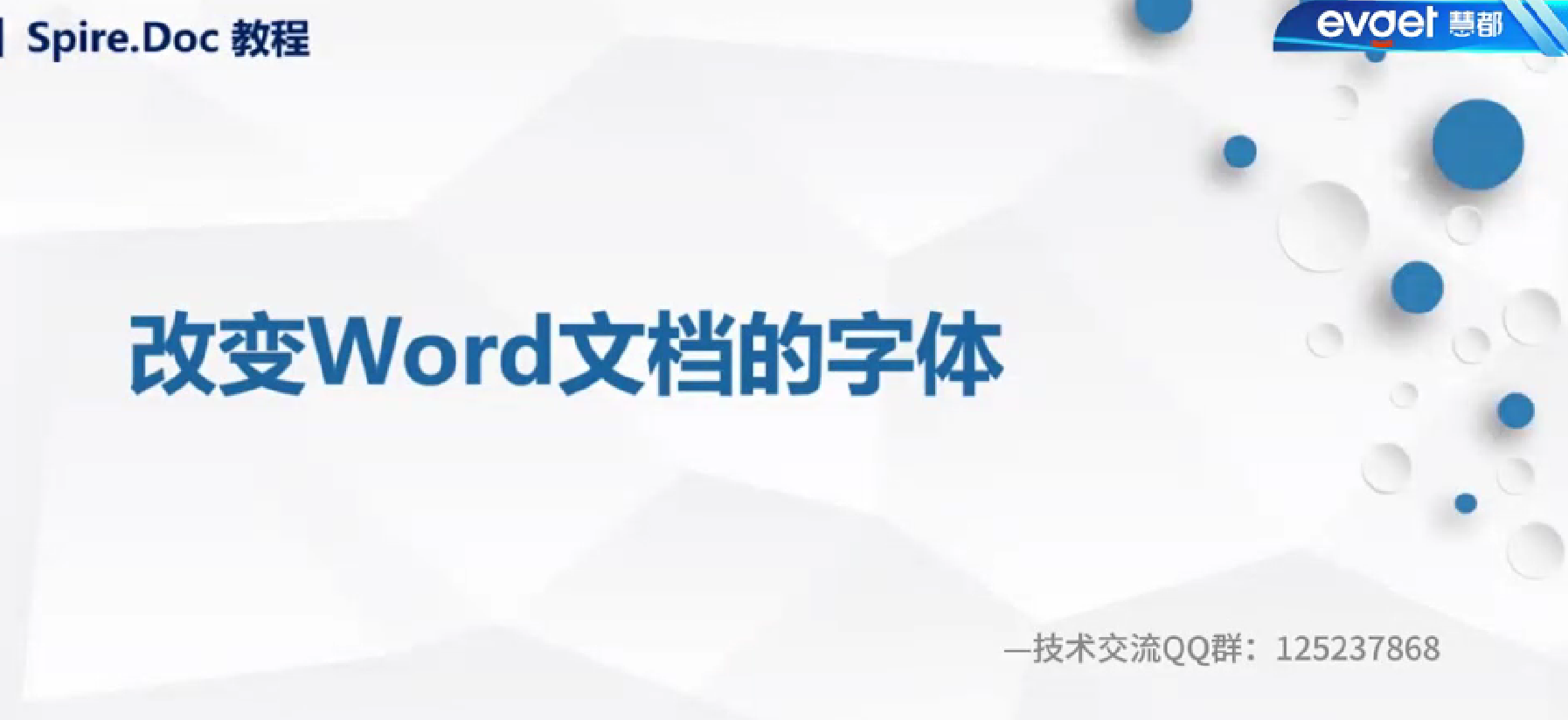

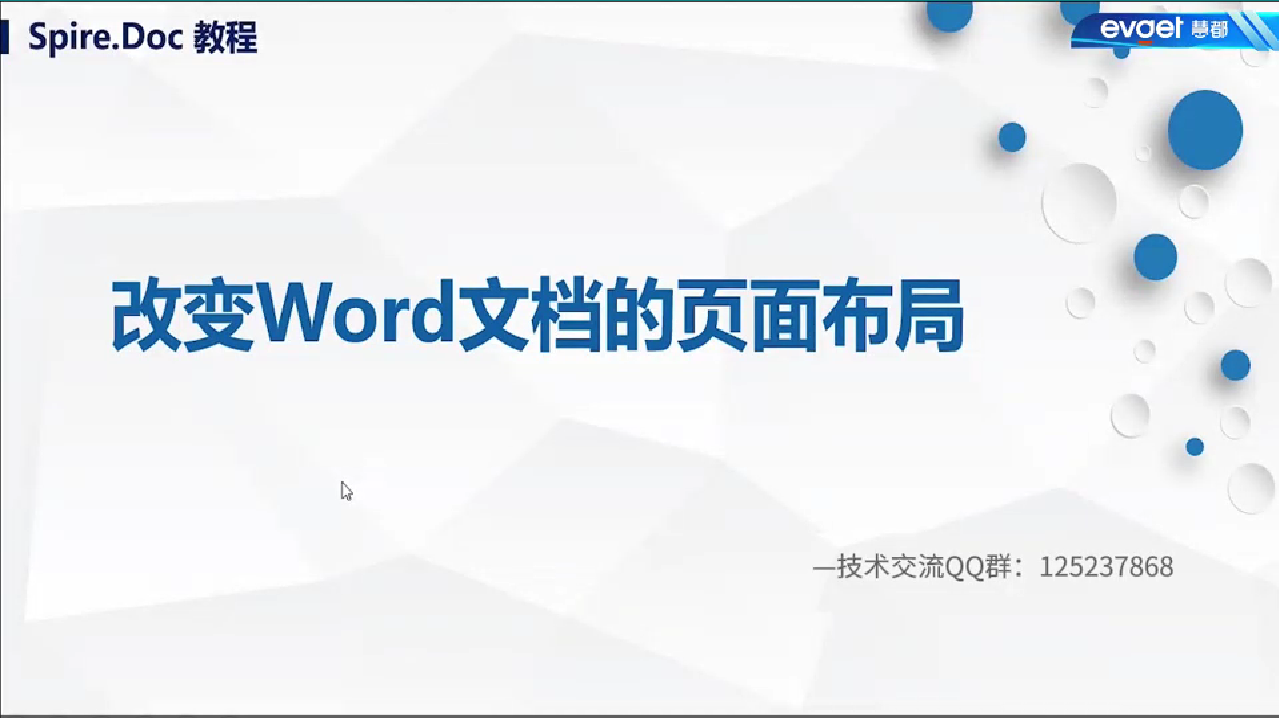
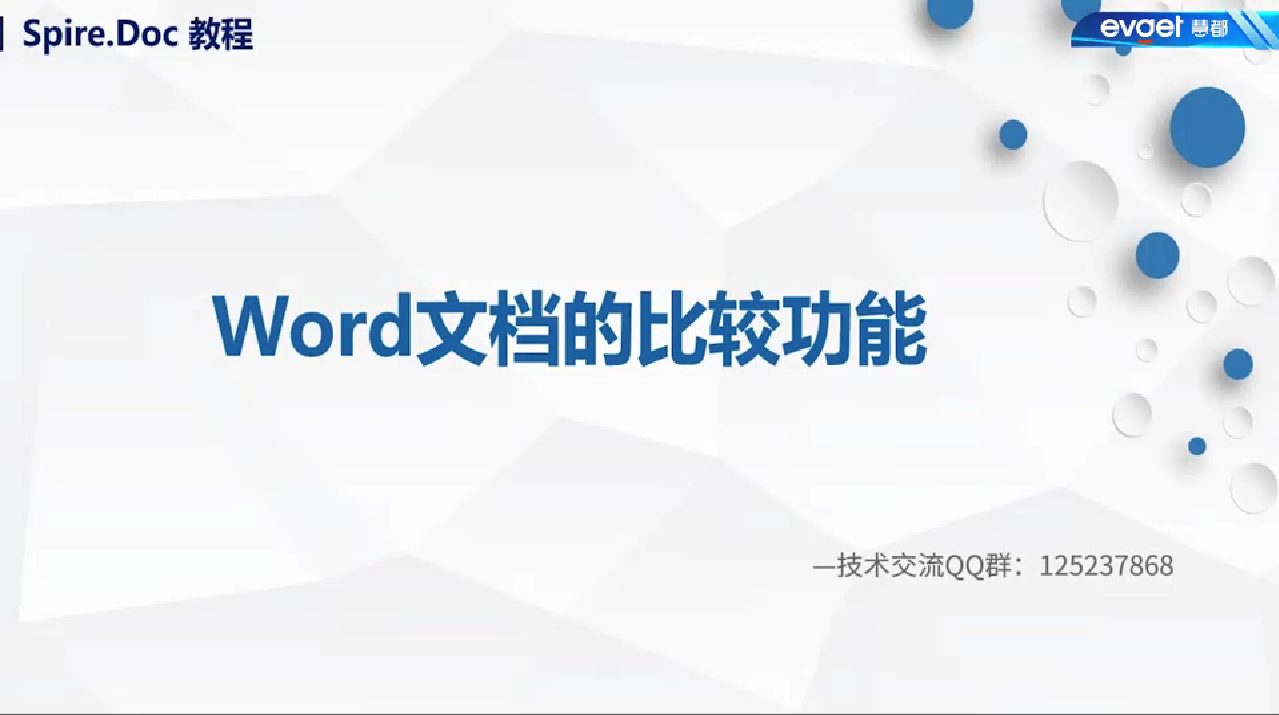

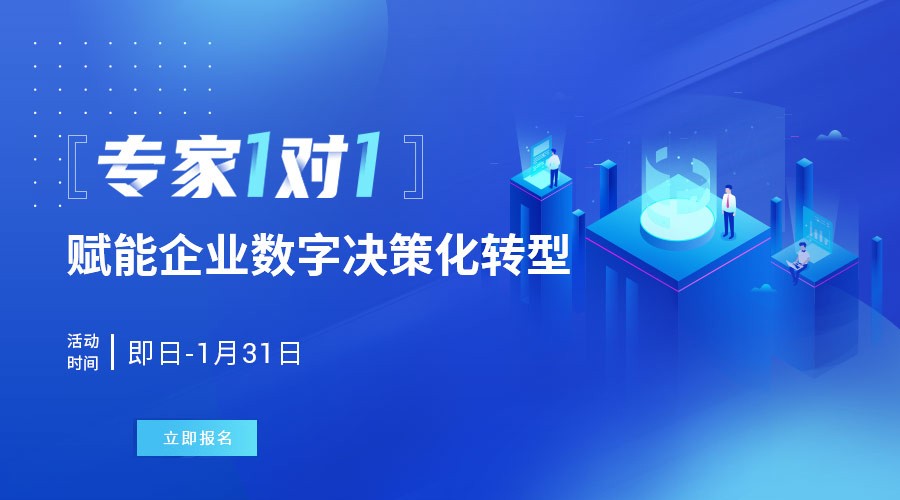

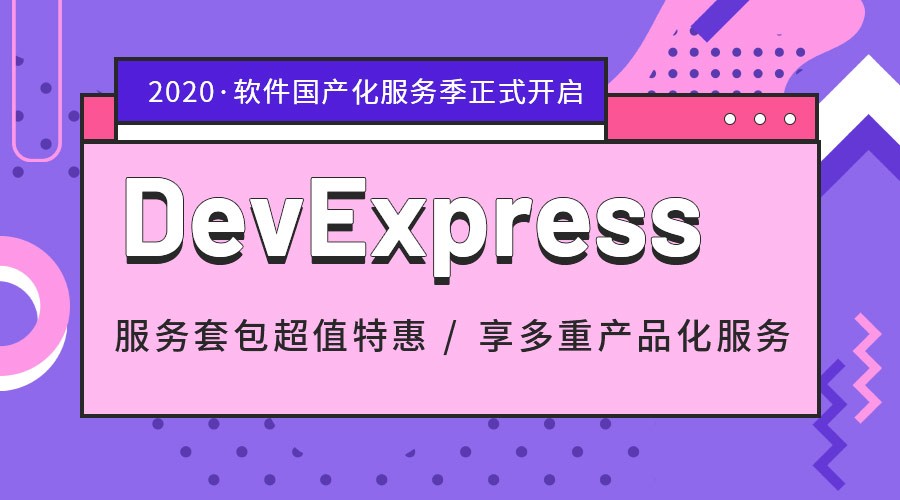






 87次
87次
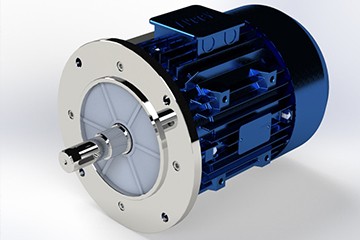
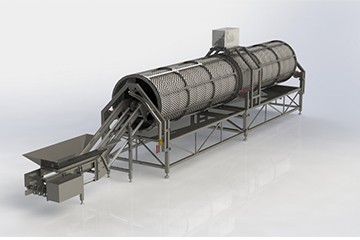
 相关文章
相关文章 

 在线咨询
在线咨询




 渝公网安备
50010702500608号
渝公网安备
50010702500608号

 客服热线
客服热线